Our 5-day itinerary in Germany’s Harz Mountains covers activities such as mountain climbing, exploring towns with fairytale castles, visiting UNESCO World Heritage Sites, discovering monasteries from the Middle Ages, and experiencing one of the longest suspension bridges in the world.
Nestled in the heart of Germany, buried deep in the woods, the Harz extends about 100 kilometers long and 30 kilometers wide, spanning three different German states: Thuringia, Saxony-Anhalt, and Lower Saxony. The beautiful and fairytale-like Harz National Park lures hiking and cycling enthusiasts, outdoor adventurers, and families on holiday. Consequently, extending our itinerary in Germany’s Harz Mountains to one or two weeks is easily achievable.
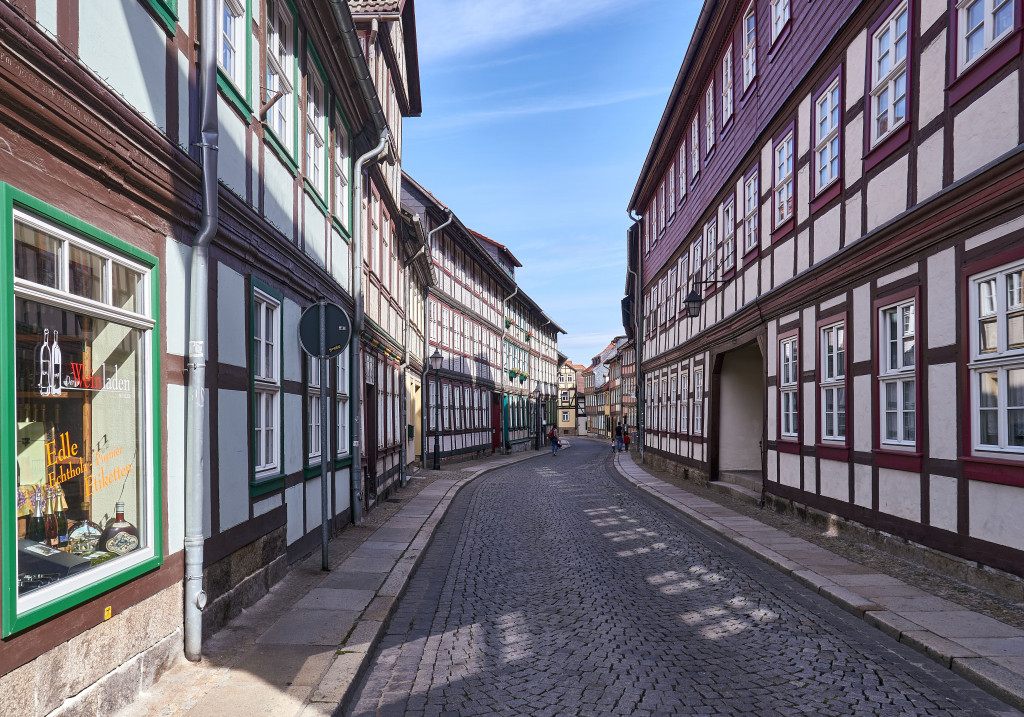
Where we stayed
Our stay was at Apartment am Pulverturm, situated directly in the old town of Quedlinburg and close to the castle. Each unit provides a fully equipped kitchen with a dining table, flat-screen TVs, a bathroom featuring a shower, and a hairdryer. Additionally, there are amenities like a microwave, toaster, coffee machine, and kettle. The apartment includes access to an outdoor pool, and guests can make use of a barbecue and terrace during their stay at Apartment am Pulverturm.
Our apartment was not only clean but also spacious and comfortable. Conveniently, we always managed to find free parking spaces on the streets nearby. The owner of the apartment, a friendly man, resides in the same courtyard. He offered us detailed information about the area, which was immensely helpful.
During our trip, we came across several accommodations in the old town area with considerably high rates on the booking platform:
Detail of the 5-Day Itinerary in Germany’s Harz Mountains
Our trip occurred during the summertime when many German states also have their summer holidays. However, due to the ongoing pandemic situation, there were only a few international guests. Consequently, some of the scenic areas had fewer visitors than usual. This circumstance offered us opportunities to explore more places than we initially anticipated.
Here is a summary of our 5-day itinerary in Germany’s Harz Mountains:
- 1st Day: Goslar Old Town, Treetop Walking (Baumwipfelpfad) in Bad Harzburg
- 2ed Day: Devil’s Wall (Teufelsmauer) near Weddersleben, Suspension Bridge Titan-RT, Quedlinburg old town
- 3rd Day: Wernigerode old town, Quedlinburg old town
- 4th Day: Blankenburg Castle, Michaelstein Monastery, Hamburger Wappen near Timmenrode (part of the Devil’s Wall), Falkenstein Castle
- 5th Day: Quedlinburg Castle, Gegensteine near Ballenstedt (part of Devil’s Wall), Stiege Castle, Walkenried Monastery
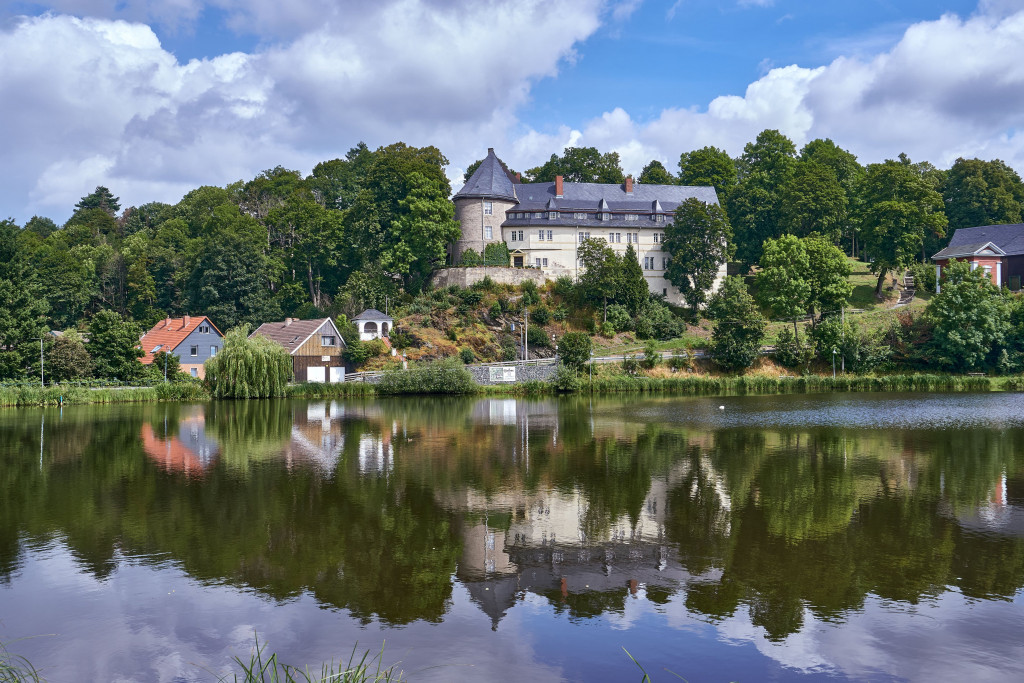
1st Day: Goslar Old Town, Treetop Walking (Baumwipfelpfad) in Bad Harzburg
Goslar Old Town
Goslar Old Town is brimming with northern Germany-styled half-timbered houses. I’ve had the pleasure of visiting the old town twice, but always in the winter. Consequently, I’ve been yearning to witness the summer scenery. During our brief stay before we reached Quedlinburg, we had a few hours to take a round walk, starting at the Imperial Palace of Goslar, weaving through the historic old town, and leisurely strolling along its charming narrow streets.
Treetop Walking (Baumwipfelpfad) in Bad Harzburg
The treetop trail in the Harz region provides an insight into nature. Spanning 1,000 metres, the trail commences in the spa garden of Bad Harzburg, traversing the 26-metre depth of the valley. Beyond a mere walking path, it has adventure stations, platforms, a glass bridge, and more, making it an ideal spot for families on holiday.

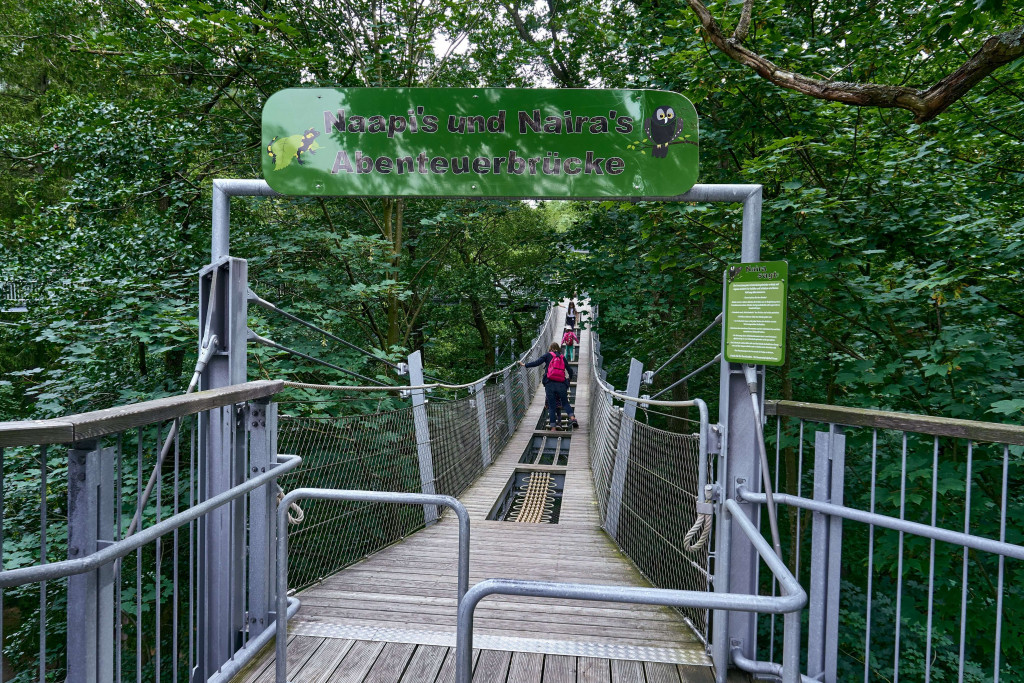
2ed Day: Devil’s Wall (Teufelsmauer) near Weddersleben, Suspension Bridge Titan-RT, Quedlinburg old town
Devil’s Wall (Teufelsmauer) near Weddersleben
The Devil’s Wall (Teufelsmauer) is an interesting rock formation crafted from robust sandstones nestled in the heart of Germany’s Harz Mountains. Emerging amidst verdant plains, meadows, and fields, this rocky expanse extends from Blankenburg (Harz) through Timmenrode, Weddersleben, and Rieder to Ballenstedt. The entire stretch encompasses various sections, including the noteworthy Hamburger Wappen.
Hiking trails connecting the villages in the area offer a pleasant exploration. Our initial trek led us to the rock formation near Weddersleben, known as Königstein. The prominent Eagle’s Rock (Adlerfelsen) stands proudly at 185 meters above sea level.
The Suspension Bridge Titan-RT
Established in 2017, the Pedestrian Suspension Bridge Titan-RT gracefully spans the Rappbode Valley with an impressive length of 458.5 meters and suspends itself 100 meters above the Wendefurth reservoir. It is the longest suspension bridge in Germany and one of the largest globally-
Quedlinburg old town
In the late afternoon, we made our way back to Quedlinburg. The old town, home to approximately 2,000 half-timbered buildings spanning several centuries, proudly holds a place on the UNESCO list. I’ve never witnessed such a concentration of half-timbered houses in one location!
These timber-framed houses showcase their beauty with exposed beams and colourful painted walls. Meandering through the medieval old town, we found ourselves losing our way a few times. However, the old town isn’t overly expansive, making it relatively easy to rediscover our path. Our evening was spent capturing some of the finest evening scenery the old town had to offer.
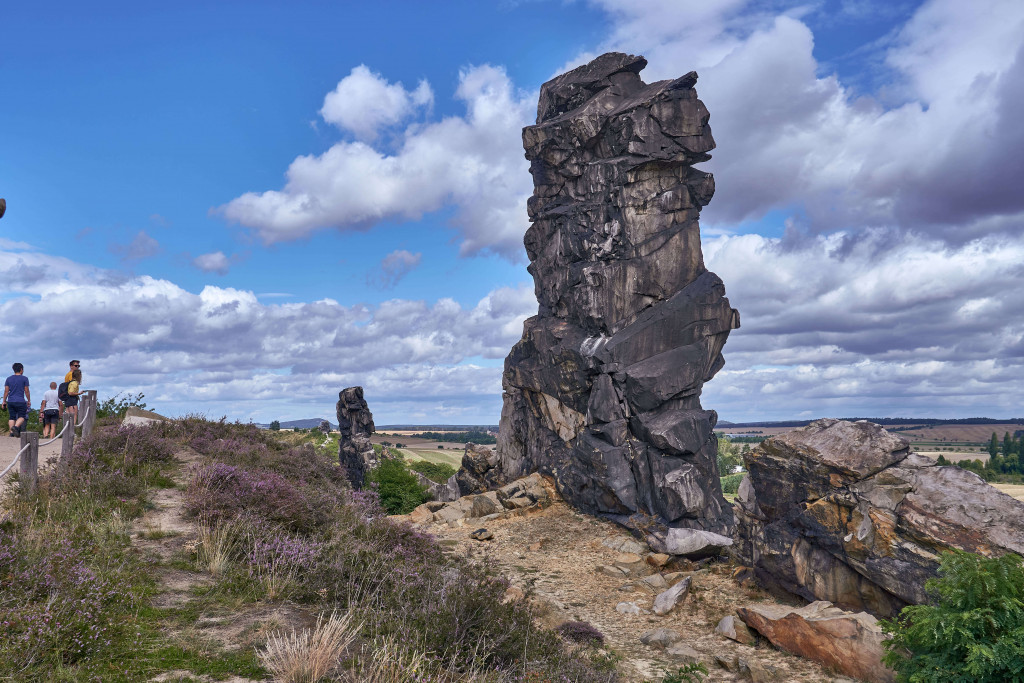
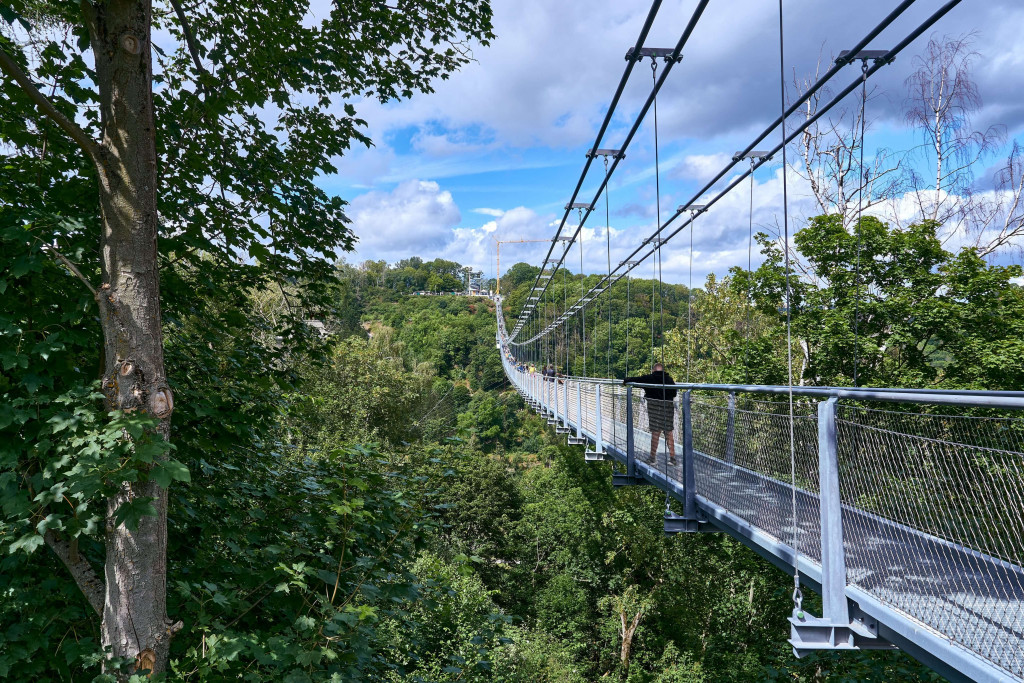
3rd Day: Wernigerobe old town, Quedlinburg old town
Wernigerode old town
Most tourist spots are right in the heart of the old town with pedestrian-friendly streets. We enjoyed a leisurely stroll in the centre, exploring artisan workshops and getting happily lost in the charming little alleys.
Unfortunately, the weather took a turn for the worse, and we had to skip a visit to Wernigerode Castle since it’s about a 20-minute walk up the hill.
Quedlinburg old town
When we were back in the old town of Quedlinburg, the sky was light again. So we decided to try the cheesecakes from the famous café shop, the Café Vincent next to Klopstock museums. The shop offers more than 100 different types of cheesecakes. We bought four cheesecakes with cherry-honey (Kirsch Honig), blueberry lime (Heidelbeer Limette), lingonberry yogurt (Preiselbeer Joghurt), and sea buckthorn cassis (Sanddorn Cassis) flavour. They are interesting combinations, aren’t they?
Upon our return to the charming old town of Quedlinburg, the skies cleared up once again. With a craving for something sweet, we popped into the renowned cheesecakes at Café Vincent, conveniently located next to the Klopstock museums. Among the extensive selection of over 100 different cheesecake varieties, we opted for several interesting types: cherry-honey (Kirsch Honig), blueberry lime (Heidelbeer Limette), lingonberry yogurt (Preiselbeer Joghurt), and sea buckthorn cassis (Sanddorn Cassis). Quite a delightful experience, wouldn’t you agree?
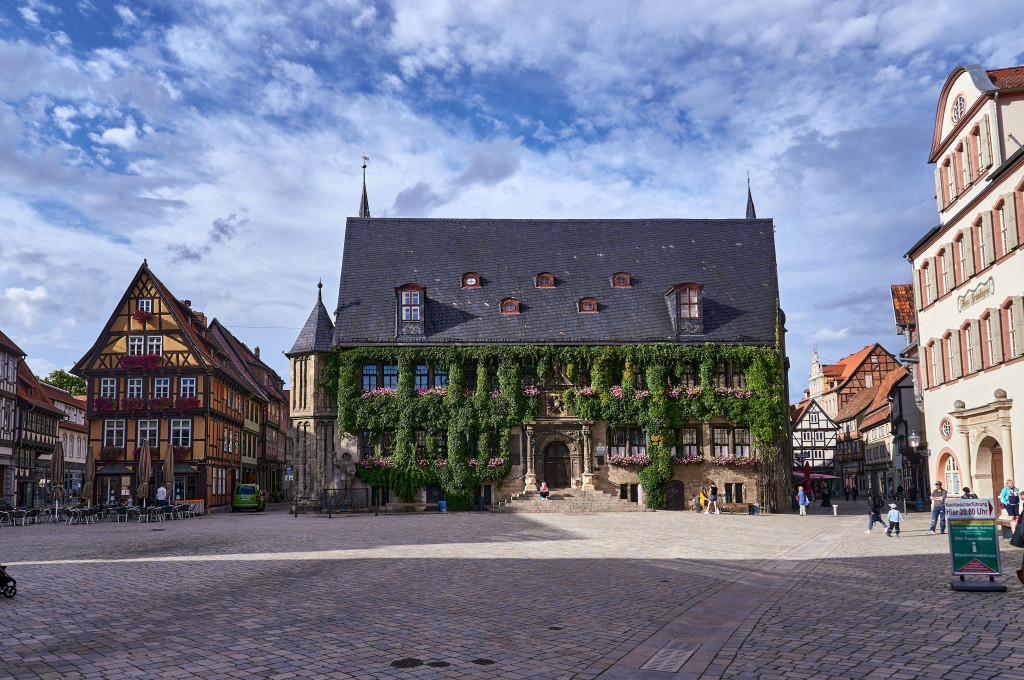
4th Day: Blankenburg Castle, Michaelstein Monastry, Hamburger Wappen (part of the Evil’s Wall), Falkenstein Castle
Blankenburg Castle
High above the city of Blankenburg, offering a broad view of the Harz foothills, the Baroque Blankenburg Castle is easily reachable from many places. We began our hike from the castle garden, which is well-maintained and has numerous viewpoints.
Michaelstein Monastery
Michaelstein Monastery is just about two kilometres away from the centre of Blankenburg. Founded in the 12th century by a group of Cistercian monks, the monastery grows ancient medicinal and herbal plants, as well as local fruit and vegetables in the gardens. Numerous ponds on the grounds raise local trouts. Set in a natural environment, the monastery offers a tranquil and idyllic atmosphere. For lunch, we enjoyed a simple meal of fresh grilled trout paired with typical German potato salad.
Hamburger Wappen (part of the Devil’s Wall)
Hamburger Wappen is another impressive rock formation, resembling the coat of arms of Hamburg, and stands up to 40 metres high. It only took us 10 minutes to hike there from the parking place, and we took a short break in the sandstone cave on the slope opposite.
Falkenstein Castle
Falkenstein is a fortified castle that has overlooked the Selke valley for many centuries, sitting high above. The castle site spans an area of about 310 x 90 metres. It took us approximately 30 minutes to walk from the nearest parking place to the castle site, so there were only a few tourists there in the late afternoon.
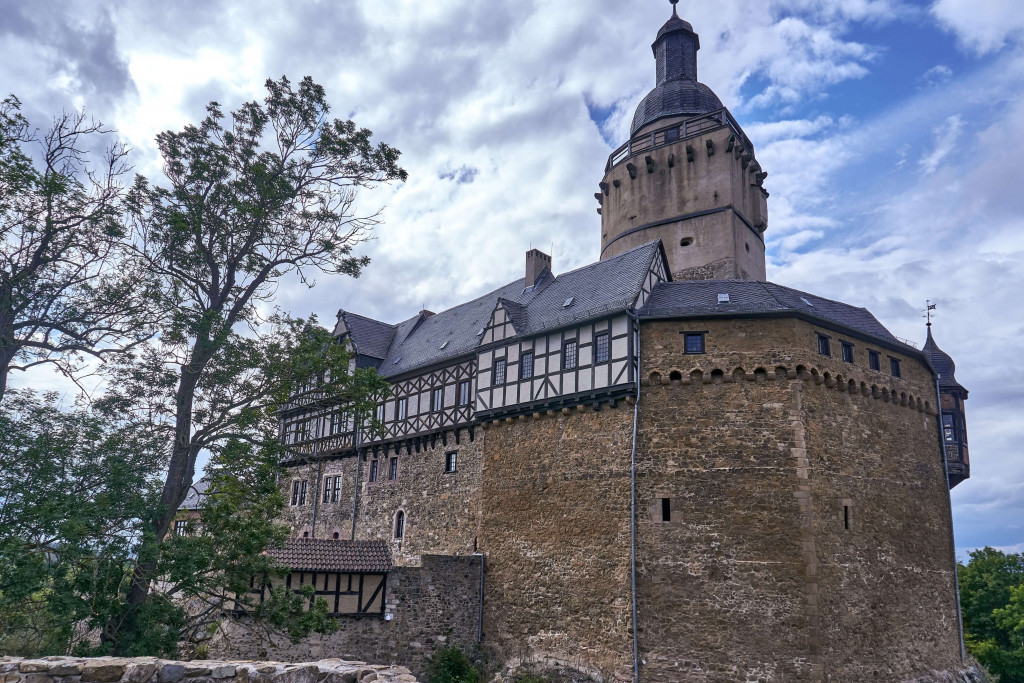
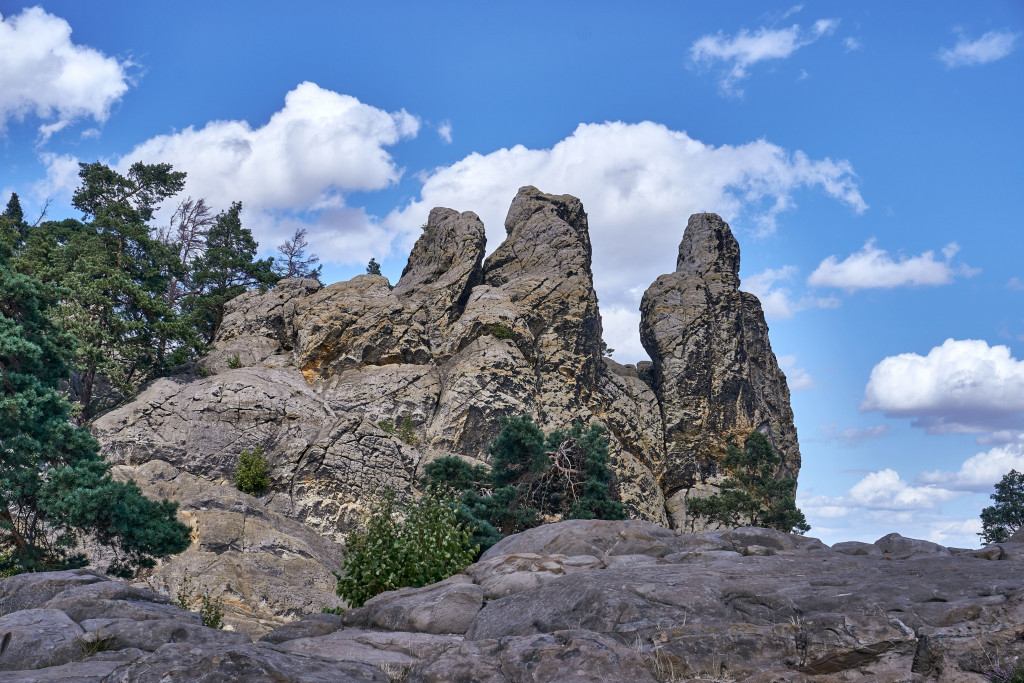
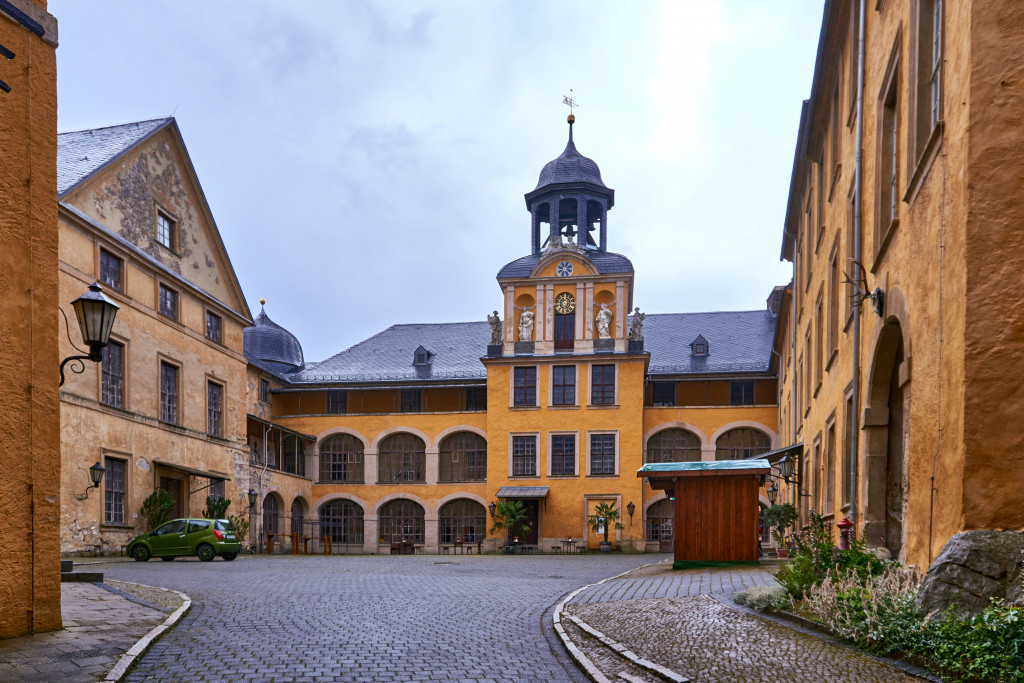
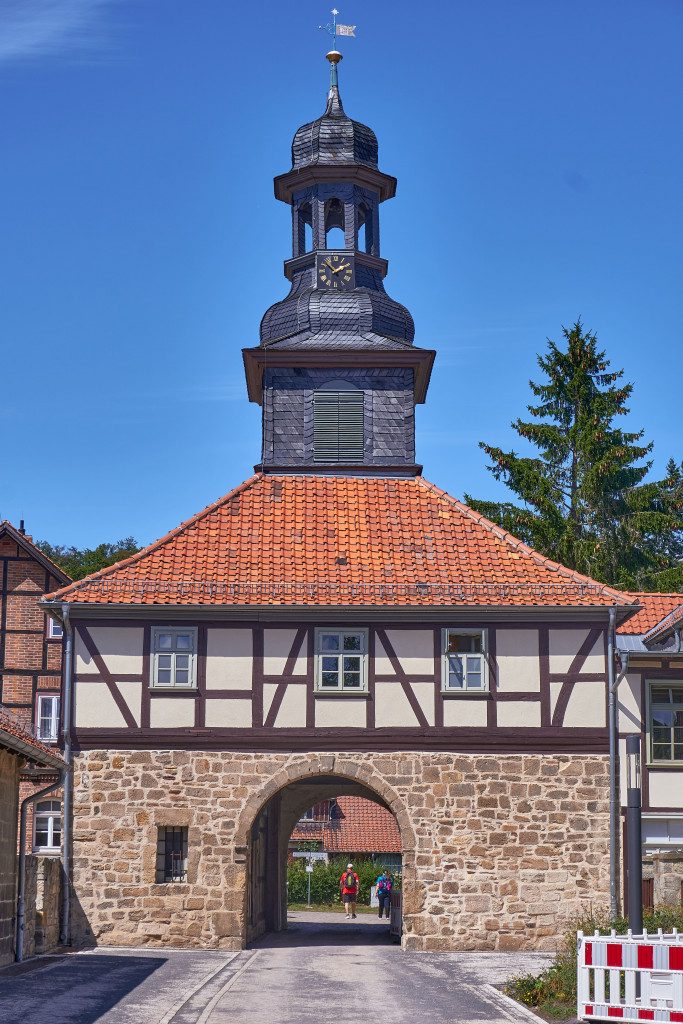
5th Day: Quedlinburg Castle Hill, Gegensteine near Ballenstedt (part of Evil’s Wall), Stiege Castle, Walkenried Monastry
Quedlinburg castle hill
Quedlinburg Castle Hill is the focal point of the Quedlinburg old town. As we crossed the castle square (Schlossplatz), we encountered many vibrant half-timbered houses. Choosing the stairs on the right, we ascended to the summit of the castle hill. Positioned in the petite castle garden, we relished panoramic views of the old town from the rooftop.
Counter Stones (Gegensteine near Ballenstedt, part of Devil’s Wall)
From a distance, the striking sandstone rocks with a summit cross seemed almost mystical, as if the “devil’s hand” had tossed them into the heart of the flat landscape. We ascended the staircase carved into the substantial counter stone, reaching the pinnacle of the sandstone rock. A walkway along the ridge offered stunning views. Strolling along the edge, we couldn’t help but marvel at the distinctiveness of nature and the lush vegetation in the area.
Stiege Castle
On our way to the next destination, we came cross this charming place. The castle is surrounded by a picturesque lake. We took a brief stroll along the water and captured some truly amazing scenes.
Walkenried Monastery
The monastery is an integral part of the “Mines of Rammelsberg, Historic Town of Goslar, and Upper Harz Water Management System” world heritage site. Its architectural highlights include the double-naved Gothic wing of the cloisters and the Fountain House. The museum offers a modern interpretation of the past world through comprehensive exhibitions.
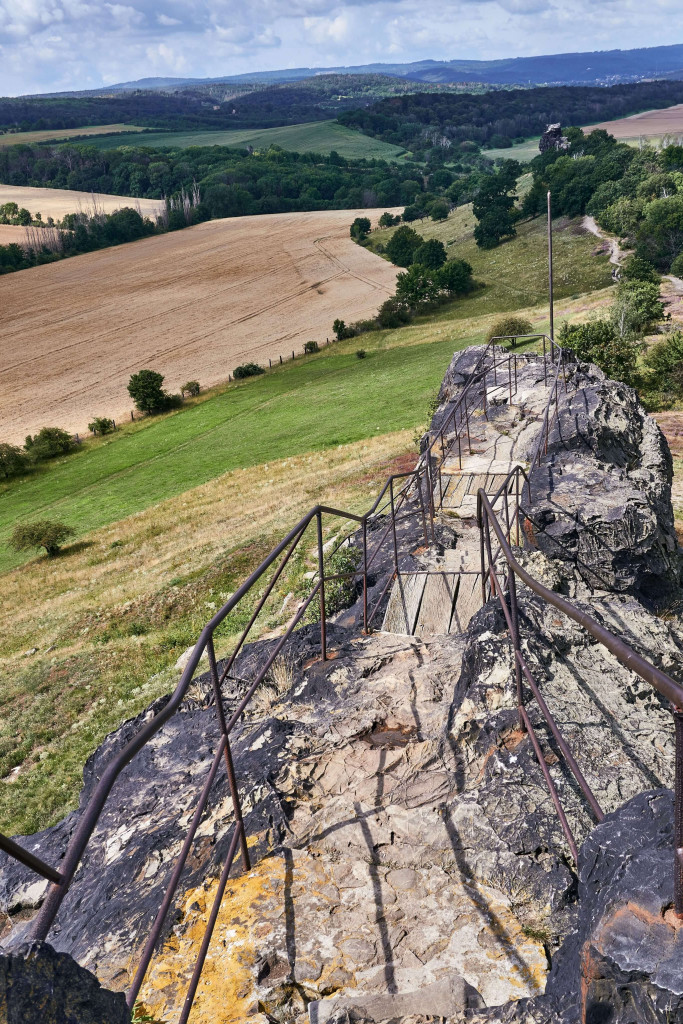

Conclusion
We were satisfied with our 5-Day Itinerary in Germany’s Harz Mountains. Unknown to much of the outside world, the Harz region is a great place for family holidaymakers and adventure enthusiasts alike. Should we revisit, we would extend our hiking adventures along the Devil’s Wall (Teufelsmauer) and explore the interconnecting villages. Shuttle services are readily available for hikers, simplifying the planning of hiking activities.
While the smaller villages and quaint resort towns serve as excellent starting points for various activities, the larger towns like Goslar and Quedlinburg also serve as potential gateways for excursions. For convenient exploration, renting a car is advisable.
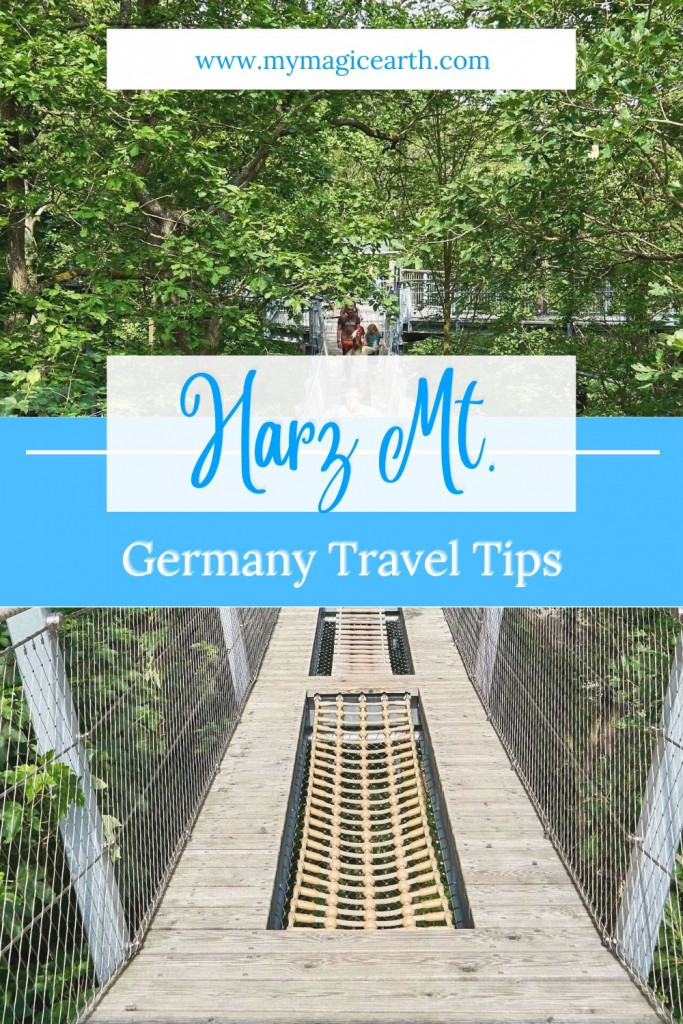
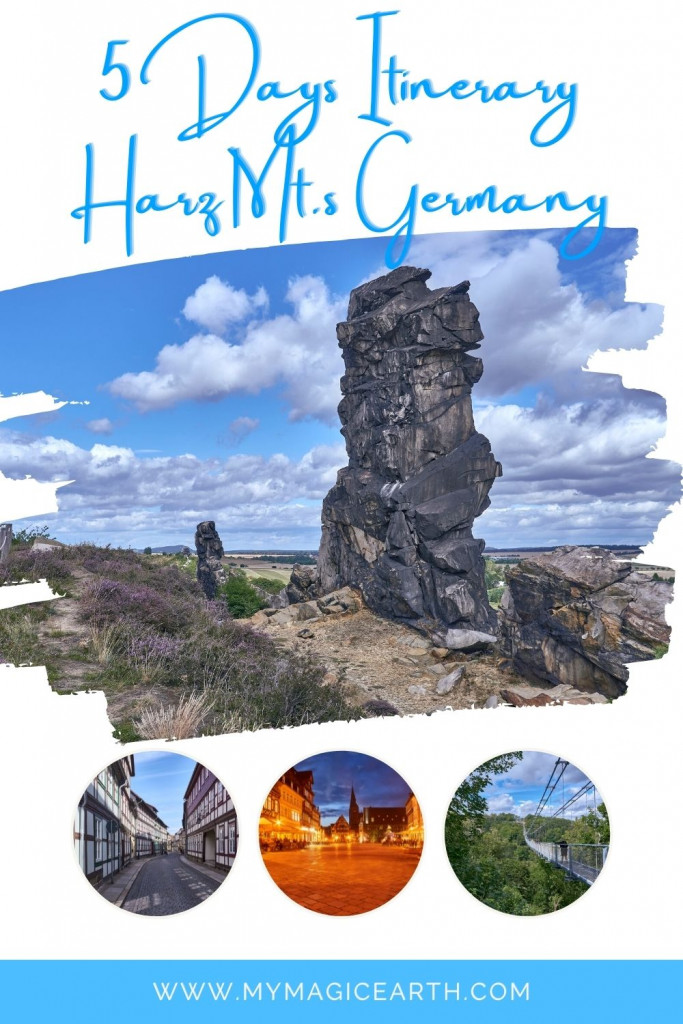
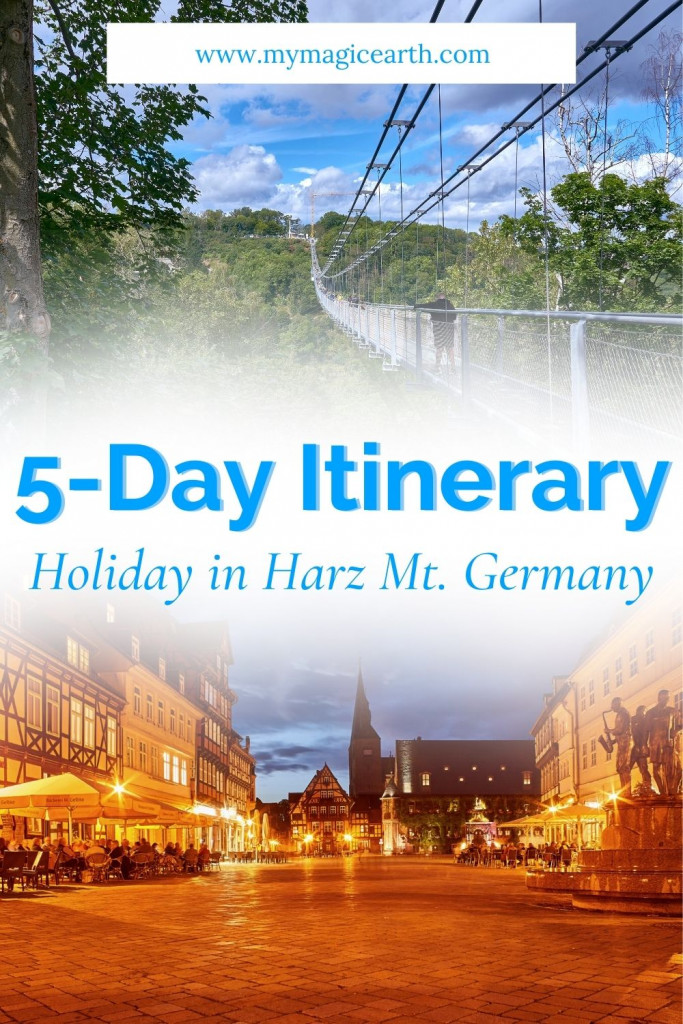

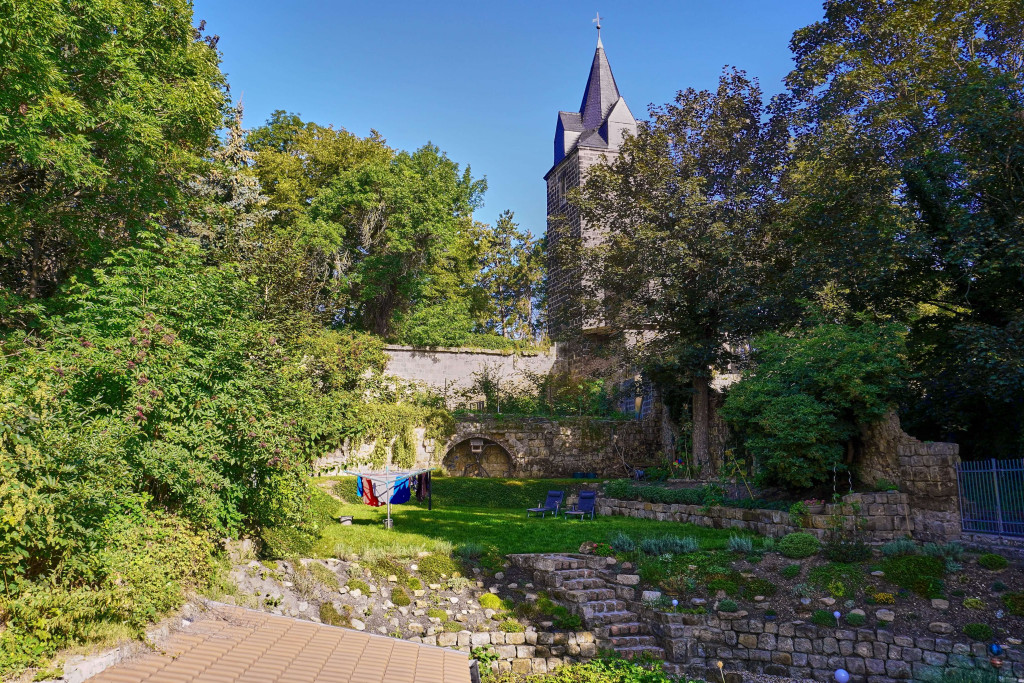
I would love to travel to Germany. This article was very informative